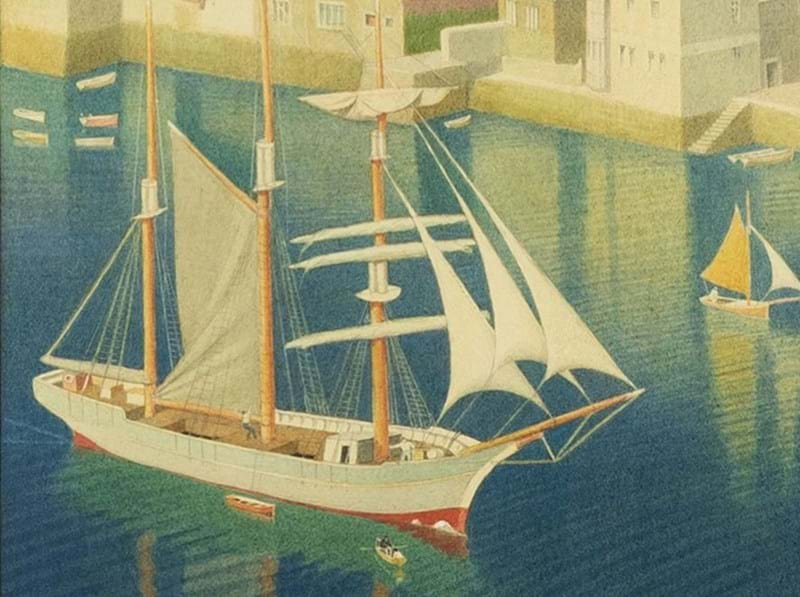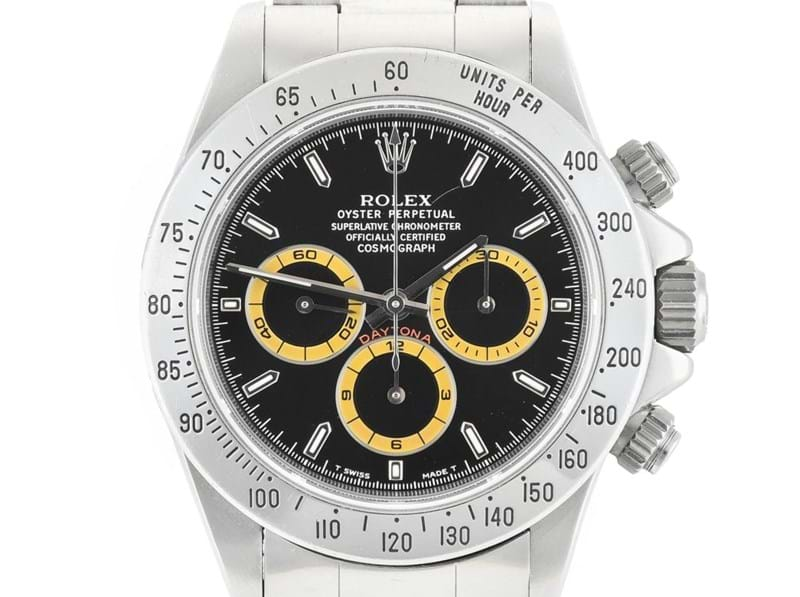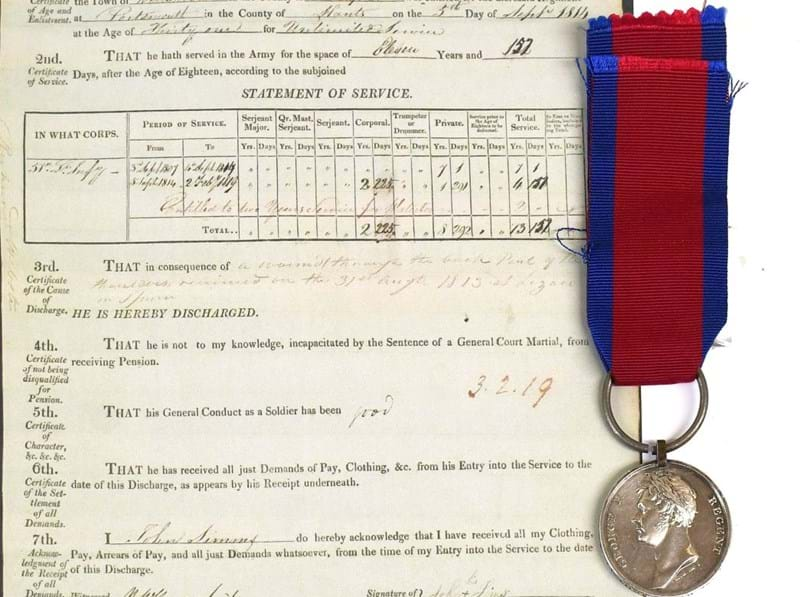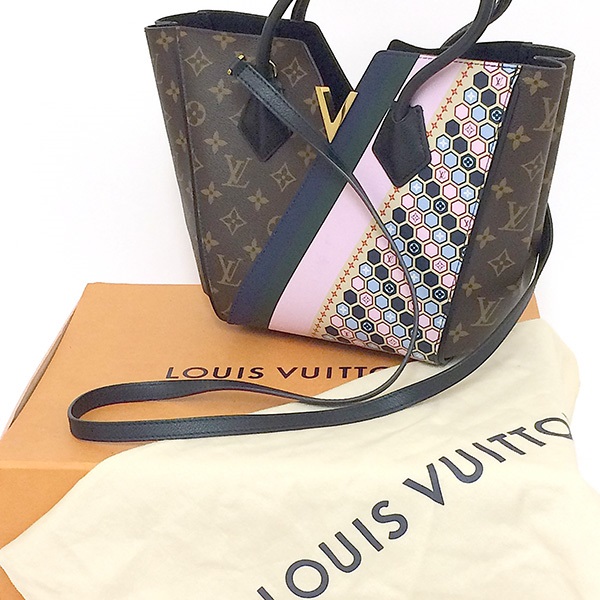Glass paperweights are an area of collecting often overlooked – but these colourful creations have long inspired a small but dedicated group of followers. Loved for their intricate designs and admired for the extraordinary skill of their makers, paperweights are also easy to display, relatively robust and are pleasingly tactile. The sheer variety of glass paperweights, which are still produced today, also makes this a good area of collecting, with something on offer to suit every taste and budget.
Glass paperweights as we know them today were first developed in the middle of the 19th century when they were exhibited at the Exhibition of Austrian Industry in Vienna in 1845 as examples of the mastery of glass manufacturers. Commercial success soon followed in an age when letter writing was going through a boom in popularity, making desk accessories a must-have. For a 15-year period from 1845-1860 – the Golden Age of Paperweights – top glass makers around Europe produced these fine works of art which were collected by the likes of Queen Victoria, Empress Eugenie of France and Oscar Wilde. The finest and most sought-after were made by three French factories – Baccarat, Clichy and St Louis – which only produced paperweights during this short period. Today, it is paperweights made by these three companies that remain the most prized examples at auction.
There are two main types of paperweight produced by Baccarat, Clichy and St Louis – millefiori and lampwork. Millefiori (or thousand flowers) paperweights are made using intricately patterned glass canes which are layered and stretched in the same manner as a stick of rock before being arranged and packed together to create a detailed design. Each maker had their own signature canes, which can help in identifying a factory; for example, Clichy has an easily identifiable rose cane and Baccarat often include a cane with the initial ‘B’ and a date. Lampwork paperweights are made by melting small coloured glass rods and using tools to craft the soft glass into naturalistic designs such as flowers, butterflies and snakes.
The quality of execution and limited number of paperweights produced by Baccarat, Clichy and St Louis make these examples the ones to watch out for at auction. As with all paperweights, collectors should look for examples in good condition with only minor chipping and scratching, and which are as clear as possible with little or no debris or air bubbles from the manufacturing process trapped in the glass. Some imperfections are tolerated, as these are handmade objects and it is the little flaws that make each paperweight unique. A good design is also desirable, with near perfect symmetry and pleasing colours. Mid-19th Century French paperweights by the top factories can be found at auction starting at around £100-200, with better and larger examples selling for closer to £1,000. However, very rare designs can reach into the thousands; indeed, the record price for a paperweight was set in 1990 when a millefiori basket design by Clichy was sold for just over $250,000.
A Private Collection of fourty-four paperweights will be sold in the Spring Fine Sale, the April Country House Sale and the Summer Fine Sale. The collection was put together throughout the 1970s, 1980s and 1990s by a gentleman from the North of England, sourced predominantly from major London auction houses and dealers including Sotheby's and Spinks.
Highlights of the collection to be sold in the first tranche, in the Spring Fine Sale on 18th March, include a Clichy Paperweight, circa 1850 worked with blue flower and bud on a leafy stem (estimate: £500-700 plus buyer's premium), a Baccarat Butterfly Garlanded Paperweight, circa 1850 (estimate: £500-700), and a St Louis Small Fuschia Paperweight, circa 1850 (estimate: £500-700).












